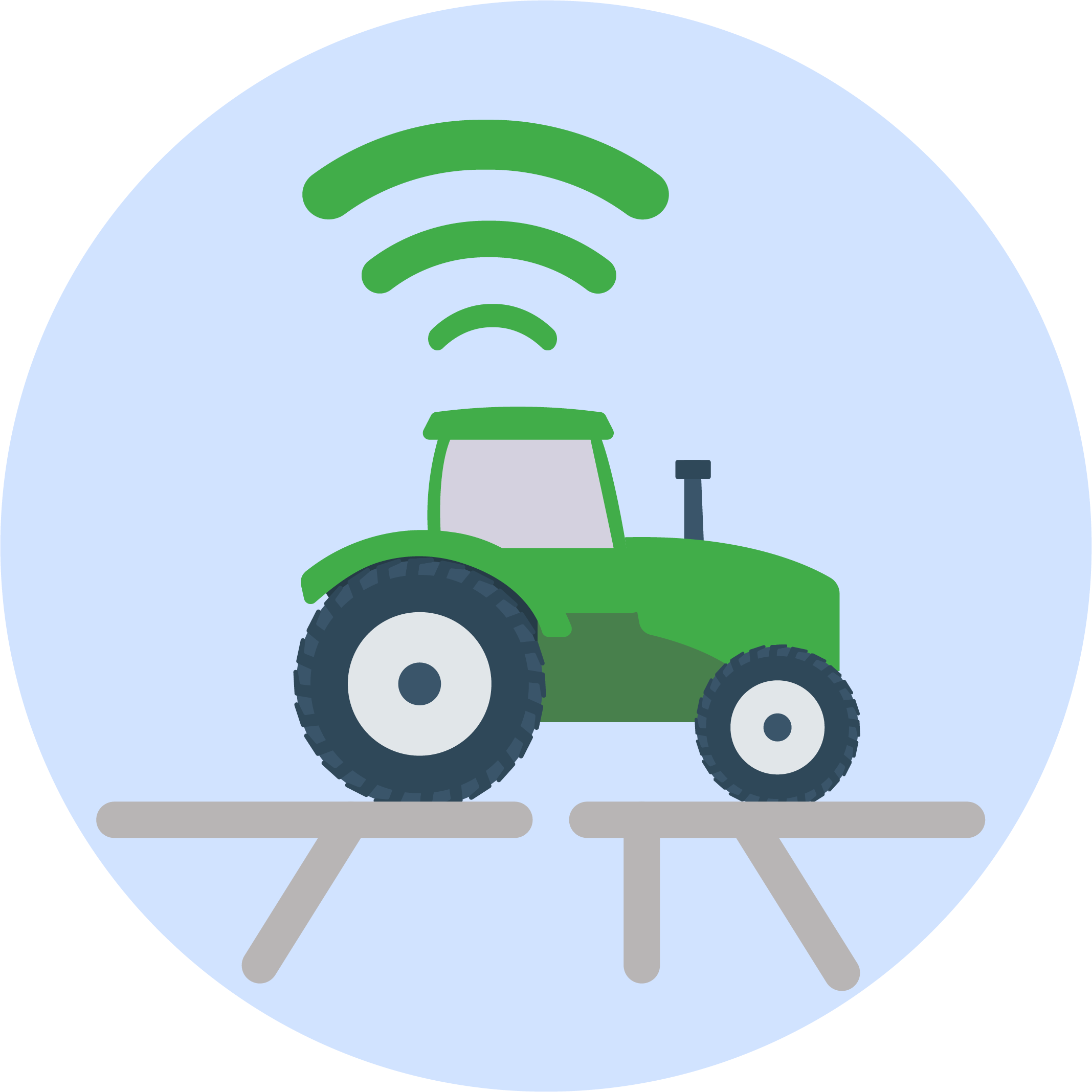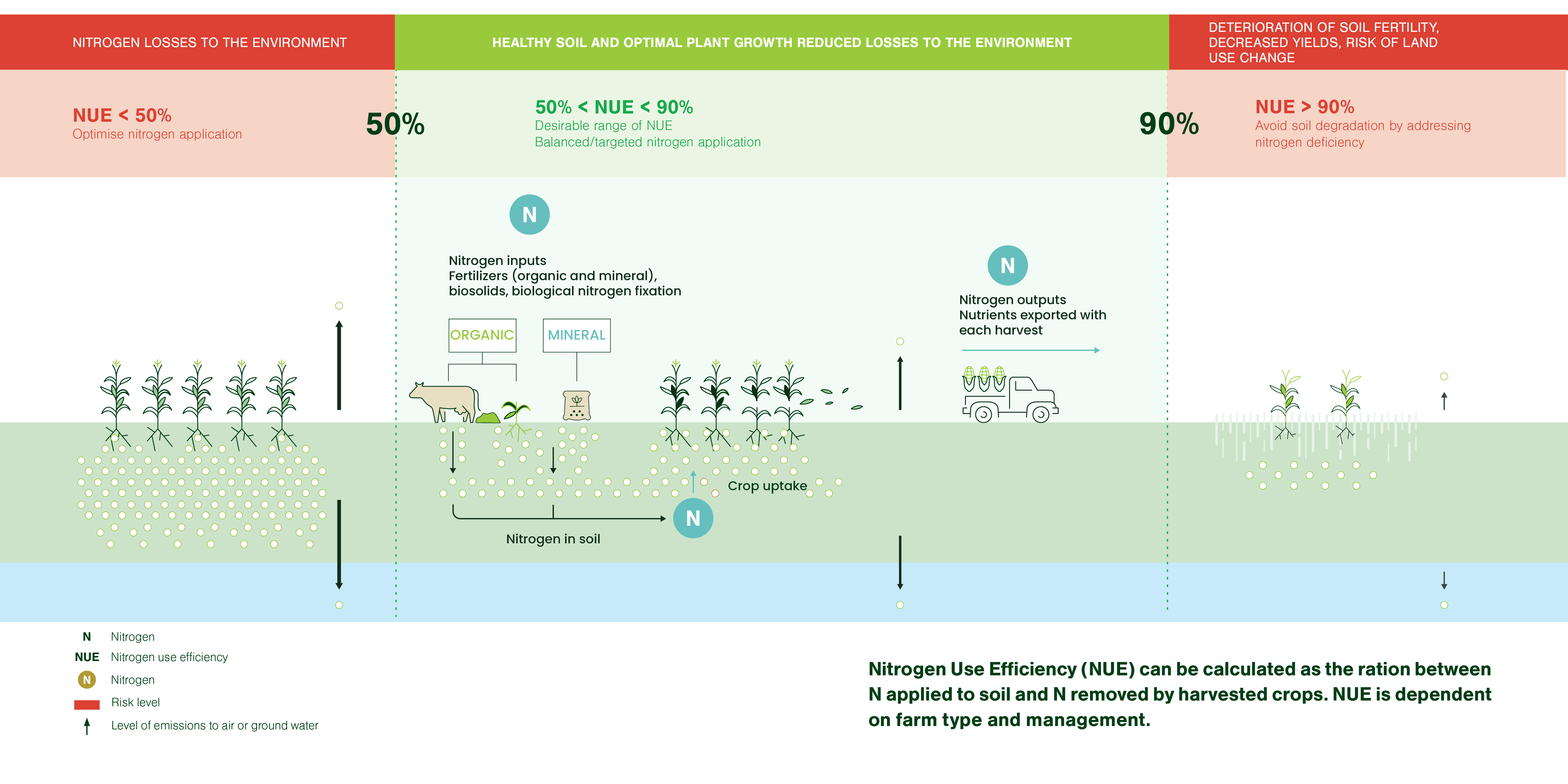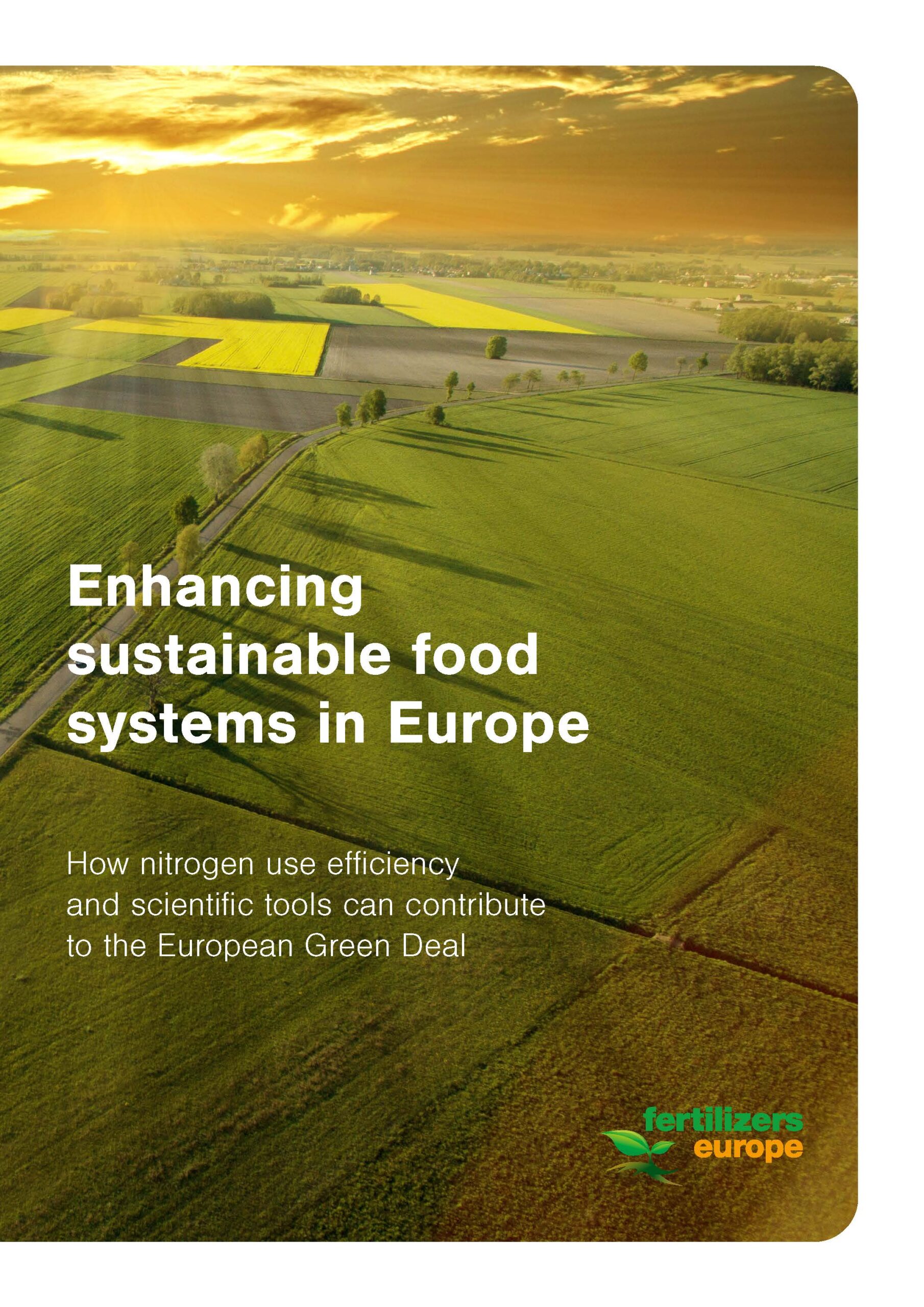Farm to Fork Strategy. The role of nutrients
The “Farm to Fork” strategy puts forward the ambition for 2030 to reduce nutrient losses to the environment from both organic and mineral fertilizers by at least 50%, while ensuring no deterioration in soil fertility. The European fertilizer industry recognizes the need to reconcile agriculture while maintaining a competitive agricultural sector in Europe. But what is the way forward?

Recognize national and regional differences
The amount of nutrients used today per hectare of agricultural land varies a lot from one EU Member State to another due to the diversity of agricultural products and production methods, as well as different climatic zones and soil conditions in Europe. Unless a differentiated approach is introduced, there is a risk of discriminating certain European countries by setting an EU target that would basically limit their further agricultural development and progress.

Tap into the promising opportunities of digital farming
Regarding the way to move forward, the EU agriculture sector can tap into the promising opportunities that come with digital farming and progress of knowledge. In concrete terms this can be translated into the application of best fertilization practices and innovative fertilizer products targeted to specific crops. Also, it encompasses the use of new tools combined with real time data and smart farming application methods which offer a further boost to agricultural efficiency while addressing environmental challenges.

Reap the benefits of ready to use tools such as the Nutrient Use Efficiency Indicator
The EU Nitrogen Expert Panel which brings together experts from academia, EU institutions, and industry has developed the Nitrogen Use Efficiency (NUE) indicator, aiming to promote efficient nitrogen use in food production.
Nitrogen is essential for life and plays a key role in food production. At at the same time nitrogen losses to the environment affect air and water quality and have an impact on biodiversity.
A scientifically sound way to assess the effectiveness of the nutrient applied is to measure the harvested amount of nutrient in relation to the amount of nutrient applied. Scientists united in the EU Nitrogen Expert Panel have developed a way to measure this for nitrogen and have defined the Nitrogen Use Efficiency indicator.
The Nitrogen Use Efficiency Indicator

